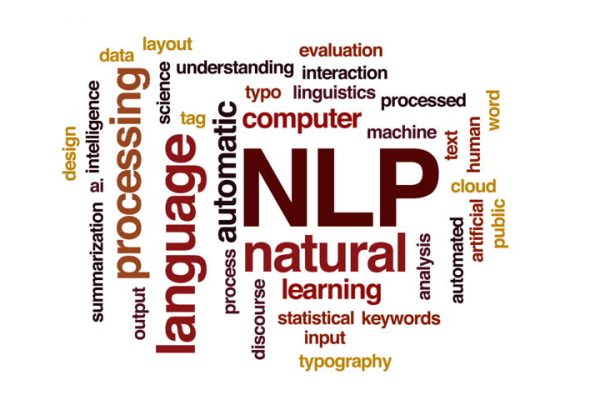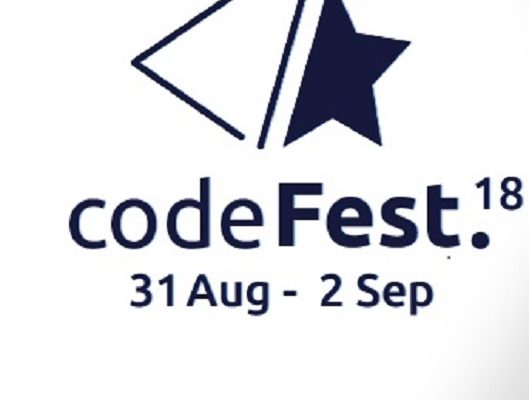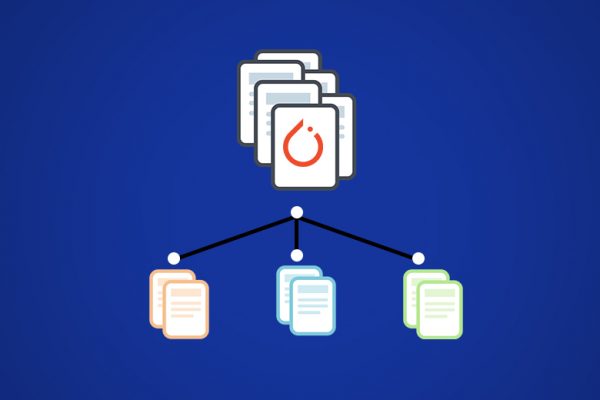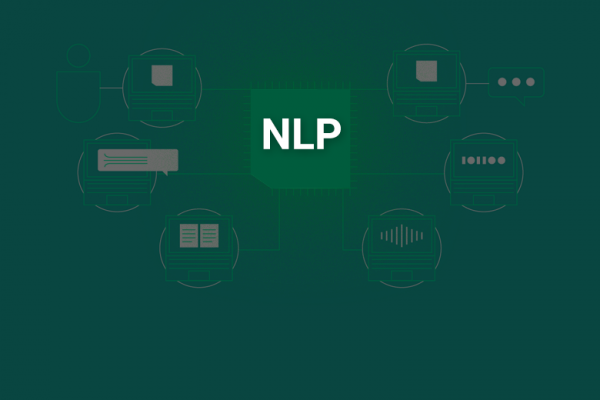Neuronové sítě a strojový překlad
Článek původně vyšel v loňském prosincovém čísle časopisu Rozhledy matematicko-fyzikální. Co je to strojový překlad Pod strojovým překladem si většina lidí představí nejspíš Google Translate a většina lidí si také nejspíš vyzkoušela, jak funguje. Ten, kdo překladač používá častěji si mohl všimnout, že zhruba před třemi lety se kvalita překladu, kterou služba poskytuje, dramaticky zlepšila. Důvodem bylo, že se změnila technologie, na které překlad stojí: překlad založený na statistických metodách nahradily neuronové sítě. Hodně lidí také asi překvapí, že překladač […]
Read more







